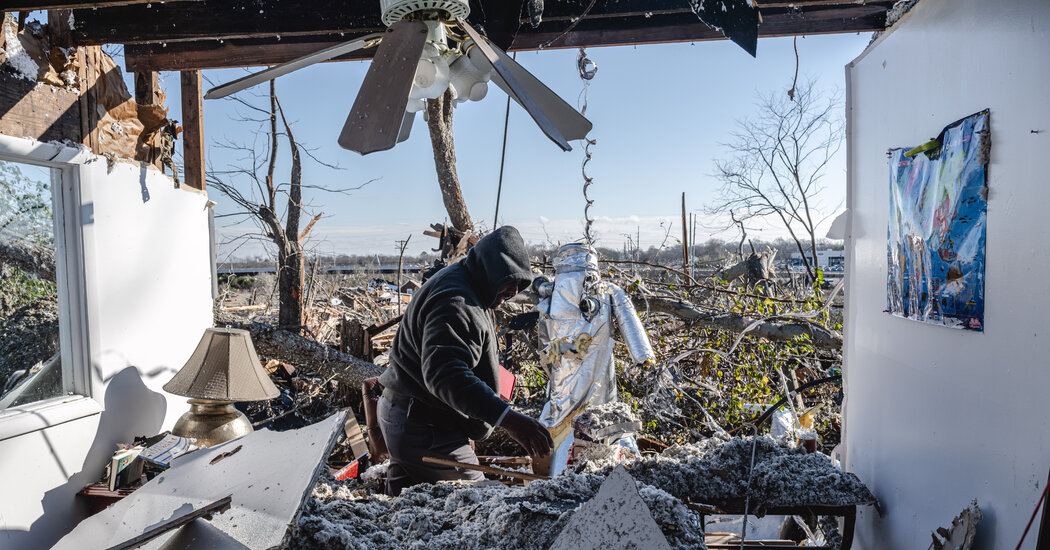How mapping ‘heat islands’ can help cities prepare for extreme heat : NPR

Driven primarily by the burning of fossil fuels, climate change has led to record-breaking temperatures, with 2023 being the hottest year on record. To prepare for a future of extreme temperatures, communities like Oklahoma City are mapping heat in neighborhoods to identify the hottest areas. Partnering with the National Oceanic and Atmospheric Administration (NOAA), Oklahoma City’s Office of Sustainability recruited volunteers to measure temperature readings in different neighborhoods. The data revealed downtown Oklahoma City was significantly hotter than outer city regions, and affluent areas with large trees were surprisingly hot. The information is used to devise cooling strategies, such as increasing tree canopies and reducing concrete areas, to mitigate the effects of urban heat islands.



Leave a Comment